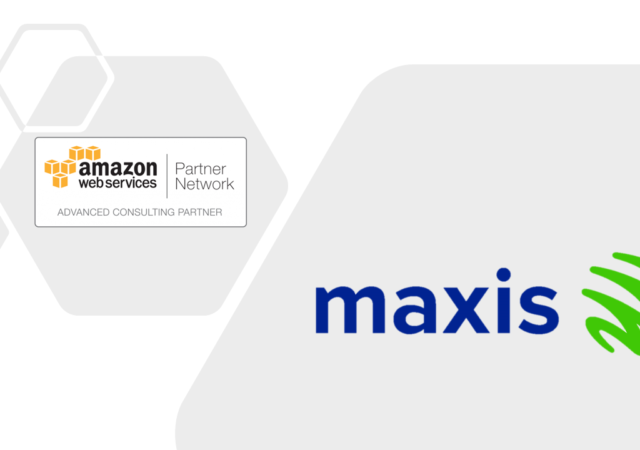Twitter acquires Dutch newsletter startup, Revue, to bolster its ability to serve content on the social media network.
Honeywell Empowers ASEAN Companies with New Solutions
Honeywell shows off their many solutions developed to allow ASEAN companies to cope with the changing needs of the pandemic.
Huawei Could Be Spinning Off the Mate & P Lines of Smartphones
Rumours are emerging of Huawei potentially selling off their premium smartphone line ups to allow them to thrive.
Beyond the Now: Thrive in 2021 with These Five Trends
Red Hat weighs in on the emerging trends that will define the technology landscape and help organizations thrive in 2021.
Maxis Becomes First Malaysian Telco Accredited as AWS Advanced Consulting Partner
Maxis receives the AWS Advanced Consulting Partner certification making it the only telco in Malaysia to achieve the certification.
YES x Shopee DATABACK – Like Cashback, but for Data
YES and Shopee partners up to exclusively bring customers one of a kind rebate program for mobile data plans.
Just Say YES, You Really Have to with YES’ Kasi Up Mobile Data Plans
YES introduces new 4G plans for prepaid and postpaid that is more affordable than ever. Kasi Up plans start from MYR 15/month.
Maxis Continues To Differentiate with New Acquisitions
Maxis Berhad continues to bolster its offerings for SMEs and businesses with new acquisitions which help diversify its offerings.
Sony’s Xperia 1 II & Xperia 5 II are Available in Malaysia
Sony’s latest flagships: the Xperia 1 II and Xperia 5 II make their way sneakily to Malaysia.
Dell Pulls Out of Retail in Malaysia & Singapore
Dell Technologies will no longer have a retail presence in Malaysia and Singapore as the company decides to bring sales in house via its online store.

















